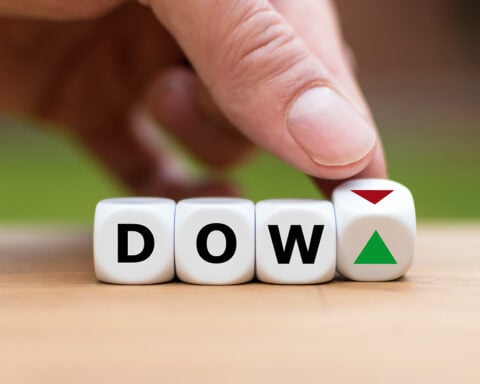To counter inflation, the Federal Reserve is determined to persist in increasing interest rates, a move expected to cause a surge in corporate defaults in the coming months.
As of May, the corporate default rate has risen, indicative of U.S. companies wrestling with soaring interest rates. This uptick in rates has escalated the cost of debt refinancing and has coincided with an uncertain economic environment.
So far this year, the U.S. has witnessed 41 defaults and Canada one, placing them at the top of the global list and marking a more than twofold increase from the same time frame in 2022, as Moody’s Investors Service stated.
Federal Reserve Chairman Jerome Powell earlier in the week advised the public to prepare for further rate hikes this year, albeit at a reduced pace, until substantial progress is achieved in managing inflation.
Bankers and analysts are mainly attributing this economic distress to high-interest rates. Companies needing extra liquidity or burdened by massive debt requiring refinancing are being met with costly new debt.
These companies often resort to distressed exchanges, substituting their debt for a different kind or repurchasing it. In extreme scenarios, they might undergo restructuring inside or outside the courtroom.
“Capital now comes at a much higher price,” noted Mohsin Meghji, a founding partner of M3 Partners, a restructuring and advisory firm. He elaborated that while previously debt financing rates were a moderate 4% to 6%, current rates hover between 9% and 13%.
His firm has experienced a significant uptick in activity since the fourth quarter across various sectors. Meghji predicts even financially stable firms will face issues with refinancing due to inflated interest rates.
As of June 22, the number of bankruptcy filings was 324, closely trailing 374 in 2022, as per S&P Global Market Intelligence. The first four months of this year saw over 230 bankruptcy filings, marking the highest rate for this period since 2010.
Envision Healthcare, an emergency medical services provider, registered the largest default in May, with over $7 billion in debt at the time of bankruptcy, as per Moody’s.
This year, Other significant bankruptcy filings include Monitronics International, a home security company; Silicon Valley Bank, a regional financial institution; retail chain Bed Bath & Beyond; and regional sports network owner Diamond Sports, as S&P Global Market Intelligence reported.
According to Tero Jänne, co-head of capital transformation and debt advisory at Solomon Partners, these defaults are typically a long time in the making. He explained that a “capital D default” often doesn’t become evident until the bankruptcy is filed, despite efforts to manage the balance sheet.
Moody’s predicts a rise in the global default rate to 4.6% by year’s end, surpassing the long-term average of 4.1%. This figure is anticipated to climb further to 5% by April 2024 before starting to decline.
A future rise in defaults seems probable, stated Mark Hootnick, a fellow co-head at Solomon Partners. He commented on the past environment of lenient credit, where even undeserving companies could access the debt markets unrestrictedly.
Various industries have experienced defaults due to sector-specific factors as well. Sharon Ou, vice president and senior credit officer at Moody’s, mentioned that defaults have occurred across many sectors, depending mainly on leverage and liquidity.
Major debt burdens contributed to the downfall of companies like Envision. At the same time, sector-specific issues such as the pandemic’s impact on healthcare, the rise of online shopping affecting brick-and-mortar stores like Bed Bath & Beyond, and consumers’ shift away from cable TV damaging Diamond Sports also played significant roles.
Ou noted the current corporate risks, such as a sluggish economy, high-interest rates, and rampant inflation. She predicted cyclical sectors, like durable consumer goods, might bear the brunt if consumers cut spending.
The current economic landscape, characterized by higher interest rates, slowing economic growth, and inflationary pressures, has exacerbated financial challenges for many businesses. Smaller companies and more significant, seemingly more stable entities need help to refinance their debts in this harsh environment. As a result, a surge in corporate defaults and bankruptcies is being observed. Moving forward, it’s vital for businesses to develop more resilient financial strategies and for policymakers to consider the broad impacts of their decisions on the corporate world.







